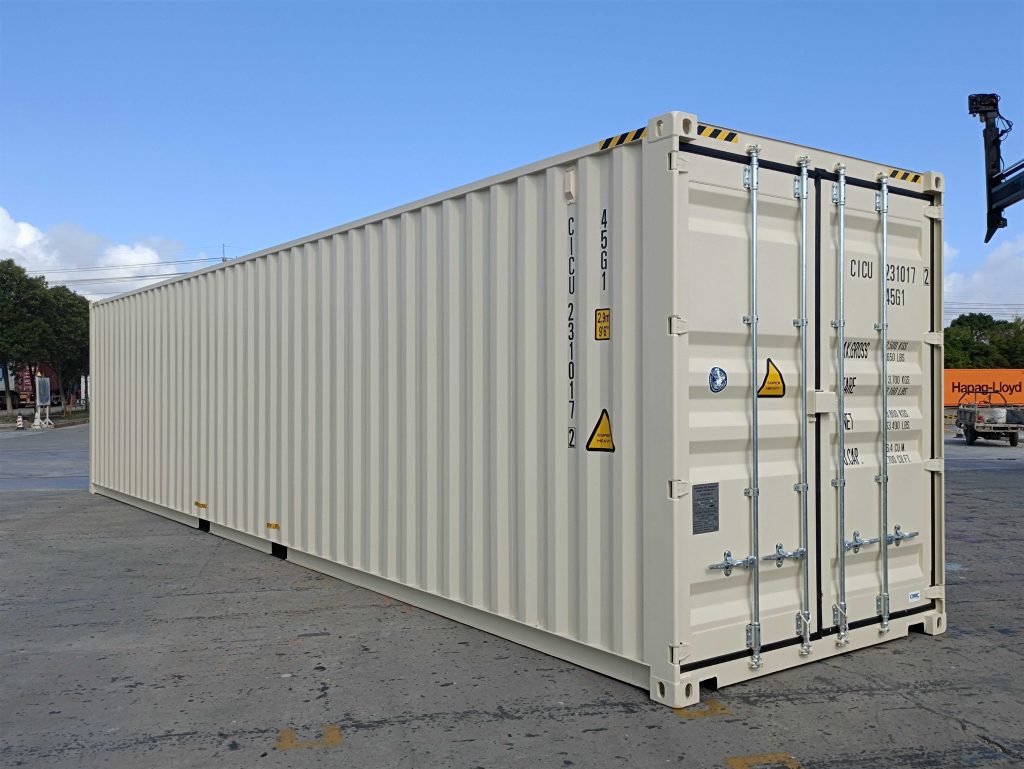Keep An Eye On This: How 20 Ft Container Is Taking Over And What To Do
The Comprehensive Guide to 20 Ft Containers
When it comes to shipping and storage, 20 ft containers are amongst the most popular choices offered. Container 20ft are vital to the international supply chain, working as portable storage systems and traditional cargo containers alike. In this post, we will explore everything you need to know about 20 ft containers, including their specifications, advantages, transportation choices, and often asked questions.
What is a 20 Ft Container?
A 20 ft container, often described as a TEU (Twenty-foot Equivalent Unit), is an intermodal container developed to be carried throughout different modes of transportation, consisting of ships, trains, and trucks. Their standard dimensions allow for easy handling and stacking, making them an important aspect of international trade.
Dimensions of a 20 Ft Container
Measurement
Standard (ft)
Standard (m)
Exterior Length
20'
6.058
Exterior Width
8'
2.438
Outside Height
8.5'
2.591
Interior Length
19.4'
5.898
Interior Width
7.7'
2.352
Interior Height
7.9'
2.385
Optimum Payload
28,200 pounds
12,700 kg
Volume
1,172 cu ft
33.2 cu m
Kinds of 20 Ft Containers
- Standard Dry Container: The most typical type; used for basic cargo.
- High Cube Container: Taller than the basic container, permitting for increased volume.
- Refrigerated Container: Used for temperature-sensitive cargo like food and pharmaceuticals.
- Open Top Container: Allows for filling oversized cargo.
- Flat Rack Container: Ideal for heavy and large products that exceed the dimensions of basic containers.
Benefits of Using 20 Ft Containers
- Cost-Effectiveness: Suitable for small companies and start-ups due to their fairly lower rental and shipping expenses.
- Versatility: Can be utilized for numerous functions including storage, transferring goods, and even building when transformed into livable areas.
- Sturdiness: Made of weather-resistant steel, these containers provide robust protection versus ecological conditions.
- Security: Equipped with locking mechanisms, 20 ft containers ensure the security of the cargo stored within.
Transportation Options for 20 Ft Containers
Transporting a 20 ft container can include several modes of transportation. Here are some common alternatives:
1. Ocean Freight
- Pros: Cost-effective for long ranges, especially worldwide.
- Cons: Longer transit times, subject to port hold-ups.
2. Rail Freight
- Pros: Efficient for domestic long-haul transportation, eco-friendly.
- Cons: Limited paths compared to roadway transportation.
3. Truck Freight
- Pros: Flexible and trusted with door-to-door service.
- Cons: Can be costly over cross countries, subject to road policies.
Regularly Asked Questions
1. What can I keep in a 20 ft container?
A 20 ft container can save various products consisting of home items, office supplies, machinery, and even automobiles.
2. Just how much does a 20 ft container expense to rent or buy?
Rental costs vary based on location and duration, usually varying from ₤ 75 to ₤ 300 each month. The purchase price can differ significantly, normally from ₤ 1,500 to ₤ 5,000.
3. Can I modify a 20 ft container?
Yes, numerous companies provide adjustments for containers, including windows, insulation, electrical circuitry, and pipes.
4. Just how much weight can a 20 ft container hold?
A standard 20 ft container can hold an optimum payload of around 28,200 pounds (or 12,700 kg).
5. Where can I buy or rent a 20 ft container?
Various suppliers and shipping container business use sales and rentals. Online markets can likewise supply options based on your location.
20 ft containers serve a plethora of purposes in various sectors— from shipping items across oceans to providing short-lived storage solutions. With numerous types, transportation options, and the flexibility they offer, it's no marvel these containers are a staple in logistics and trade.
Whether you're a small company owner wanting to transport products, a property owner in need of extra storage space, or merely interested in the complexities of container logistics, comprehending the functions and advantages of 20 ft containers is essential to making informed choices.
In summary, like any other shipping service, 20 ft containers feature their own set of advantages and considerations. Making the effort to evaluate your needs will enable you to take complete benefit of the offerings in the shipping container market. Whether you choose to rent or buy, incorporating a 20 ft container into your logistical framework can simplify your operations and optimize effectiveness.
If you have additional questions or need particular insights about 20 ft containers, feel free to check out resources or call a supplier today.
